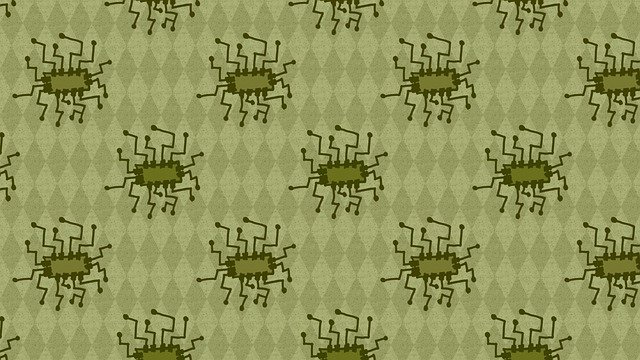
A Michigan Tech-developed machine learning model uses probability to more accurately
classify breast cancer shown in histopathology images and evaluate the uncertainty
of its predictions.
Breast cancer is the most common cancer with the highest mortality rate. Swift detection
and diagnosis diminish the impact of the disease. However, classifying breast cancer
using histopathology images — tissues and cells examined under a microscope — is a
challenging task because of bias in the data and the unavailability of annotated data
in large quantities. Automatic detection of breast cancer using convolutional neural
network (CNN), a machine learning technique, has shown promise — but it is associated
with a high risk of false positives and false negatives.
Without any measure of confidence, such false predictions of CNN could lead to catastrophic
outcomes. But a new machine learning model developed by Michigan Technological University
researchers can evaluate the uncertainty in its predictions as it classifies benign
and malignant tumors, helping reduce this risk.
In their paper recently published in the journal IEEE Transactions on Medical Imaging, mechanical engineering graduate students Ponkrshnan Thiagarajan and Pushkar Khairnar
and Susanta Ghosh, assistant professor of mechanical engineering and machine learning expert, outline
their novel probabilistic machine learning model, which outperforms similar models.
b) medium uncertainty and 11 c) high uncertainty. A dimensionality reduction of the
images reveals that the images with low uncertainty (11 a) show clear distinction
between the benign and malignant images. These are the images with low uncertainty
are easily separable in low dimensions and the machine learning model is confident
in classifying these images. Whereas the images with high uncertainty are randomly
distributed in three dimensions (11 c). For medium uncertainty images, the images
are clustered without a clear distinction of classes. Thus, we explain the uncertainty
quantified by the machine learning model. Image Credit: Ponkrshnan Thiagarajan
“Any machine learning algorithm that has been developed so far will have some uncertainty
in its prediction,” Thiagarajan said. “There is little way to quantify those uncertainties.
Even if an algorithm tells us a person has cancer, we do not know the level of confidence
in that prediction.”
From Experience Comes Confidence
In the medical context, not knowing how confident an algorithm is has made it difficult
to rely on computer-generated predictions. The present model is an extension of the
Bayesian neural network — a machine learning model that can evaluate an image and
produce an output. The parameters for this model are treated as random variables that
facilitate uncertainty quantification.
The Michigan Tech model differentiates between negative …….